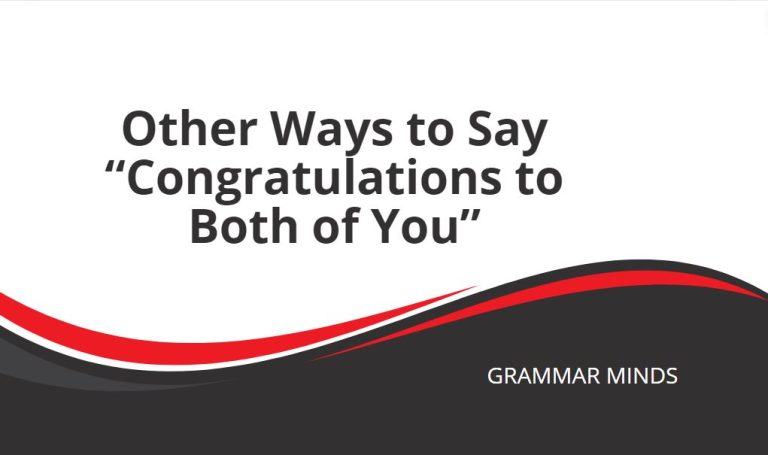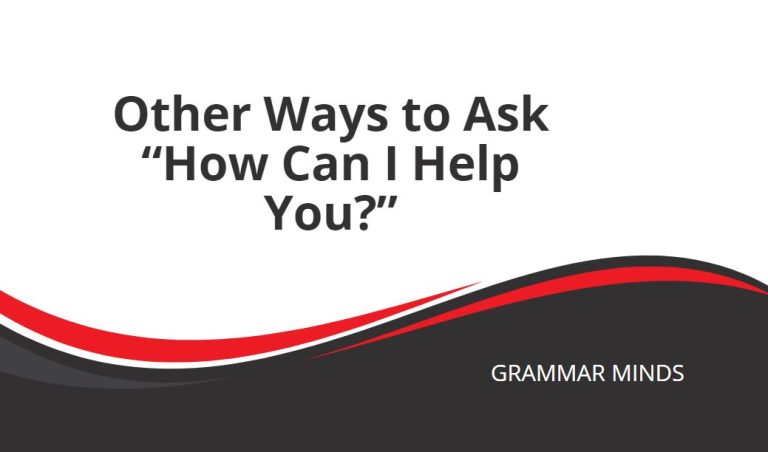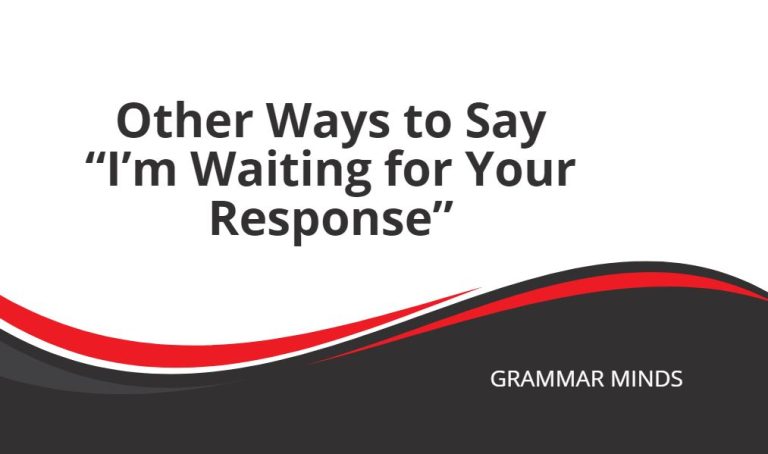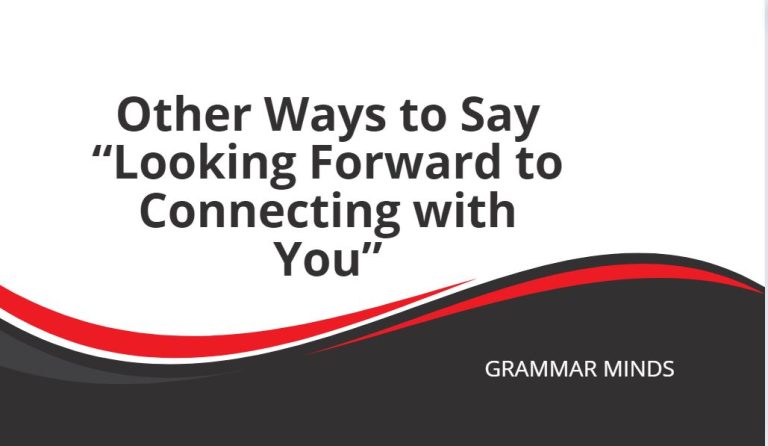So, you’re excited about meeting someone soon, right? You might be wondering whether “looking forward to seeing you” is appropriate in every context.
Luckily, we are able to answer that for you!
Keep reading to learn more about how to say “looking forward to seeing you” professionally and conversationally.

Other Ways to Say “Looking Forward to Seeing You”
- Eager to see you
- Can’t wait to see you
- Excited to see you
- Anticipating our meeting
- Hope to see you soon
- Counting down the days until I see you
- Awaiting our next meeting
- Thrilled to see you soon
- Happy to be seeing you soon
- I am enthusiastic about our upcoming meeting
KEY POINTS
- “Looking forward to seeing you” works well in spoken situations but might need alternatives in formal emails.
- Try using “Eager to see you” as a more formal alternative.
- “Can’t wait to see you” is great to use conversationally.
- There are some great synonyms available when thinking of another way to say “looking forward to seeing you.” Keep reading to explore some of the most effective ones.
- We’ve also covered whether it’s correct to say “looking forward to seeing you” in the first place. We recommend skipping to the last section if that interests you.
Eager to See You (Formal)
“Eager to see you” is a very useful formal alternative to “looking forward to seeing you.” You should use it when you’re planning to meet someone shortly.
Generally, this phrase works best over email. You should use it when emailing colleagues or clients to show enthusiasm. It’s a good way of expressing eagerness to meet and discuss important matters.
“Eager to see you” also works well online. You can use it when setting up virtual meetings between two (or more) parties. After all, you don’t need a physical meeting place to use a phrase like this.
You should use “eager to see you” over “looking forward to seeing you” in most professional situations. It’s much more respectful and polite, making it more useful in most business senses.
Check out these examples to help you with it:
Dear Alex,
I’m eager to see you next week. There are a few topics I’d like to discuss.
Best regards,
Taylor
Eager to see you soon. I have some exciting updates to share.
Can’t Wait to See You (Informal)
“Can’t wait to see you” is a general synonym that works very well conversationally. You can use it to show that you’re excited about meeting someone soon.
This informal phrase works well when messaging friends or family. It’s a great way to express anticipation for an upcoming meeting. “Can’t wait” emphasizes eagerness and excitement.
You should certainly avoid using “can’t wait to see you” in formal contexts. It has no purpose there because the tone is completely casual. “Looking forward to seeing you” is better than “can’t wait to see you” formally, but neither option is ideal!
If you want a more formal option, refer to the formal section above!
Check out how you might use “can’t wait to see you” below:
Hey Jamie! I can’t wait to see you this weekend. We have so much to catch up on.
Can’t wait to see you, Sam! It’s been too long since we last met.
Is It Correct to Say “Looking Forward to Seeing You”?
“Looking forward to seeing you” is correct and works well in spoken contexts. You should use it when you’re excited about meeting someone soon.
Interestingly, you can also say “looking forward to seeing you” virtually. If you plan to meet someone via video chat, this phrase still applies.
However, you should probably stick with “seeing” as the verb choice. Some people use “talking to you soon,” which is also correct in virtual situations. Though, it slightly changes the meaning, so most native speakers will understand it differently.
Here are some variations you may use as well:
- I am looking forward to seeing all of you soon
- Excited to see you all soon
“Looking forward to seeing you” is informal and suggests you’re excited about meeting someone. So, avoid using it in formal emails because it gives off the wrong tone.
You should bookmark this page if you’re still struggling with it! You never know when you might need to refer to the alternatives again to make a new selection.







